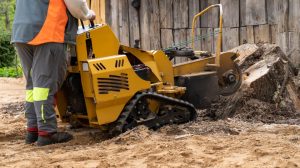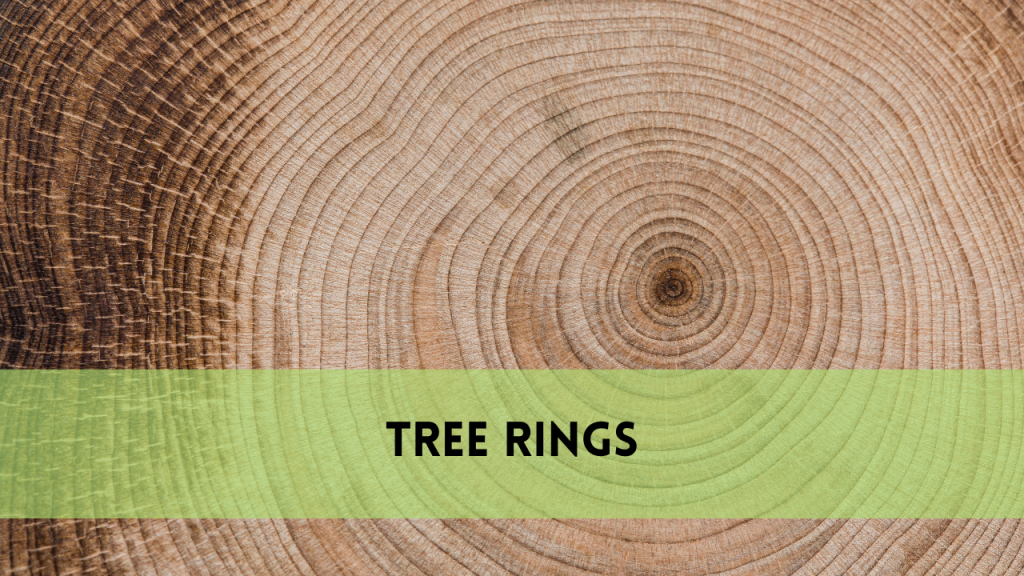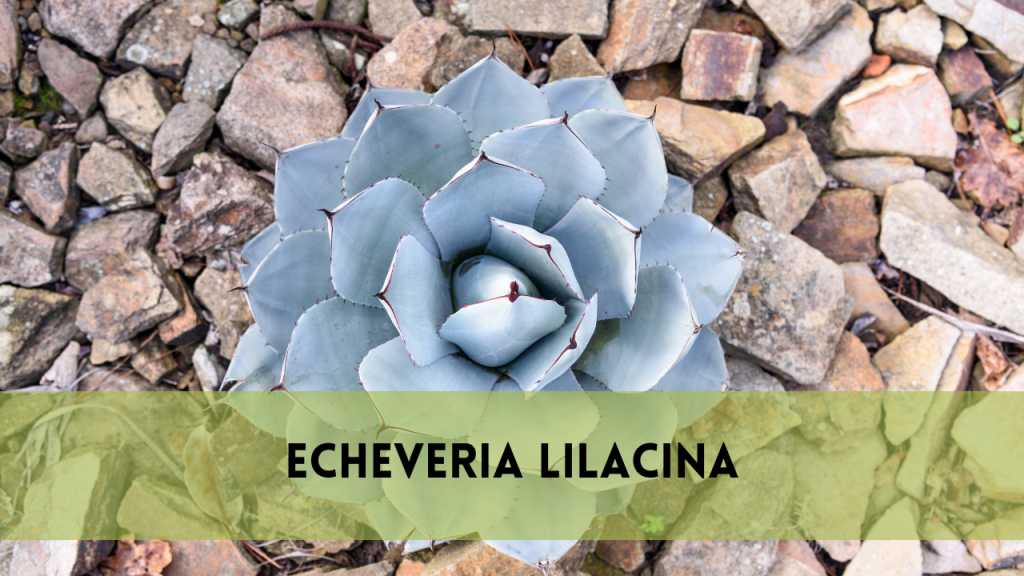What to do after stump grinding?
In terms of site maintenance and arborist knowledge, stump grinding is an important step toward creating a visually appealing and healthy environment. However, what happens following the grinding process is just as important for the site’s long-term viability, especially at higher heights. This detailed book navigates the post-stump grinding phase, providing expert insights and recommendations for best practices. As an arborist who specializes in site care in elevated areas, understanding the complexities of what to do after stump grinding becomes critical. Each area is carefully examined, from stump residue management to selecting the best mulching technique, resolving soil compaction, fostering new growth, optimizing irrigation, and dealing with any pest issues. Join us on this adventure as we unveil the post-stump grinding secrets tailoredJoin us on this trip as we uncover the post-stump grinding mysteries customized.
Understanding the Stump Residue
After stump grinding, one frequently finds the remnant aftermath, or stump residue. Understanding how to manage this residue is critical for preserving a clean and visually appealing site, especially in elevated regions managed by arborists. Stump residue is a collection of small wood chips and debris left behind from the grinding process. Arborists at site arborist heights emphasize the significance of good residue management. This entails determining the quantity and distribution of the residue and deciding on the required steps. Common techniques include using the remains as mulch or integrating them into the soil to offer nutrients. Arborists that understand the complexities of stump residue management assure not just the removal of an eyesore but also the general health and aesthetics of the site, exemplifying a holistic approach to post-stump grinding techniques.
What to do after stump grinding
Choosing the Right Mulching Technique
Selecting the appropriate mulching strategy after stump grinding is an important component of site care, especially at arborist heights. Arborists emphasize the importance of this phase in improving soil health and maintaining the visual appeal of the environment. Mulching techniques are chosen based on site elevation, soil type, and intended aesthetic outcome.
Arborists frequently propose using a blend of organic materials such as wood chips or shredded bark on elevated areas. These materials not only nourish the soil as they degrade, but they also help to retain moisture, which is especially important for sites at higher heights where water distribution can fluctuate.
Arborists also evaluate the specific needs of the vegetation in the area, ensuring that the mulching technique selected is consistent with the overall landscape goal. Arborists contribute to the site’s health, resilience, and long-term visual appeal by carefully selecting the appropriate mulching strategy, making it an essential component of post-stump grinding activities in elevated areas.
Addressing Soil Compaction Issues
Following stump grinding, arborists face a possible challenge: soil compaction. Addressing this issue becomes critical in the context of arborist site maintenance in order to maintain soil health. The heavy machinery used during stump grinding causes soil compaction, which restricts root growth and nutrient absorption.
Arborists in high regions emphasize the importance of reducing soil compaction through tailored measures. These may involve aerating the soil, adding organic amendments, or using specialist equipment to ease compacted soil.
Understanding the particular characteristics of site arborist heights allows arborists to customize their approaches to the specific elevation and terrain. Arborists create ideal conditions for plant growth, root development, and general site life by properly treating soil compaction issues. This deliberate intervention post-stump grinding shows the precise attention and knowledge arborists apply to site maintenance in elevated environments, producing a healthy and flourishing ecosystem.
Promoting New Growth: Planting Options
Promoting new growth through judicious planting is critical in the post-stump grinding phase, particularly at site arborist heights. Arborists understand the significance of choosing the proper plants and trees to revitalize the landscape and enhance the site’s aesthetic appeal.Arborists frequently prescribe hardy and adaptable species that flourish at specified heights. These carefully selected plants not only enhance the natural beauty of the location, but also adapt to the unique challenges of elevated terrains.Arborists examine elements such as solar exposure, soil type, and water availability when recommending planting locations. By understanding the complexities of site arborist heights, they can assure the smooth integration of additional vegetation. This process is more than just aesthetics; it contributes to the ecological balance and nourishment of the ecosystem, making post-stump grinding a transformative phase that supports renewed vigour and beauty in elevated landscapes under arborist care.
Optimizing Irrigation Practices
Optimizing watering operations after stump grinding is an important concern in site arborists. Arborists understand that stump removal can affect soil moisture levels, necessitating a careful approach to water management to ensure plant health.
Arborists advocate a specialized irrigation approach for elevated landscapes that takes into account the vegetation’s individual needs. This entails routinely monitoring soil moisture and modifying irrigation frequency accordingly. Efficient water distribution is critical for plant growth and overall health of the site.
Arborists may recommend employing drip irrigation systems, which are especially useful in places with varied elevations. These systems send targeted water directly to the root zones, reducing water waste and guaranteeing proper hydration.
Understanding the subtleties of site arborist heights, arborists optimize irrigation procedures to support the freshly planted.
This deliberate method not only benefits plant health, but also demonstrates arborists’ dedication to long-term sustainability and the thriving beauty of the landscape after stump grinding.
Dealing with Potential Pest Issues
Addressing Potential Pest Issues Post-stump grinding is an important element of arborist site maintenance. Arborists recognize that stump clearance might attract pests seeking refuge or sustenance in exposed terrain. As a result, a proactive approach to pest management becomes essential.
Arborists recommend following proper sanitation methods, removing stump debris as soon as possible, and regularly monitoring the site for symptoms of pest infestation. Regular inspections enable the early detection of possible problems, allowing for timely and effective response.Using eco-friendly pest management strategies is consistent with the arborist’s dedication to sustainability. Arborists may recommend natural predators, repellents, or environmentally friendly remedies to prevent pests without hurting the ecology.Using eco-friendly pest management methods supports the arborist’s dedication to sustainability. Arborists may recommend natural predators, repellents, or environmentally friendly remedies to prevent pests while minimizing impact to the ecosystem.Arborists help to the general health and resilience of the site at arborist heights by thoughtfully dealing with any pest issues, ensuring that the post-stump grinding phase stays a healthy and thriving transition for the landscape.
FAQS
How long should I wait to mulch after stump grinding?
Arborists advocate waiting for the stump waste to disintegrate, which normally takes a few weeks, before beginning mulching.
Can I plant new trees right after stump grinding?
It is recommended to wait for the soil to settle after stump grinding before planting new trees to promote improved root establishment.
Is stump grinding appropriate for all species of trees?
While stump grinding is adaptable, consulting an arborist assures that it is appropriate for certain tree kinds and site conditions.
How frequently should I irrigate the land following stump grinding?
Arborists recommend monitoring soil moisture levels and modifying watering frequency accordingly to ensure optimal plant health.
Are there any environmentally friendly mulching solutions for site arborist heights?
Yes, arborists encourage using organic mulching materials to increase sustainability.
Conclusion
To summarize, the post-stump grinding phase in arborist heights is a multifaceted procedure that necessitates precise attention to detail. Arborists are critical in negotiating the complexity of residue management, mulching strategies, soil compaction mitigation, new growth promotion, irrigation optimization, and pest problem prevention. Each step is meticulously adapted to the unique challenges posed by higher terrains. Arborists’ knowledge and passion are evident in their thoughtful approach to site management, which ensures not only stump removal but also the renewal of the entire environment. Post-stump grinding methods in arborist heights are more than just beautiful; they help to maintain ecological balance and sustainability in the environment.





